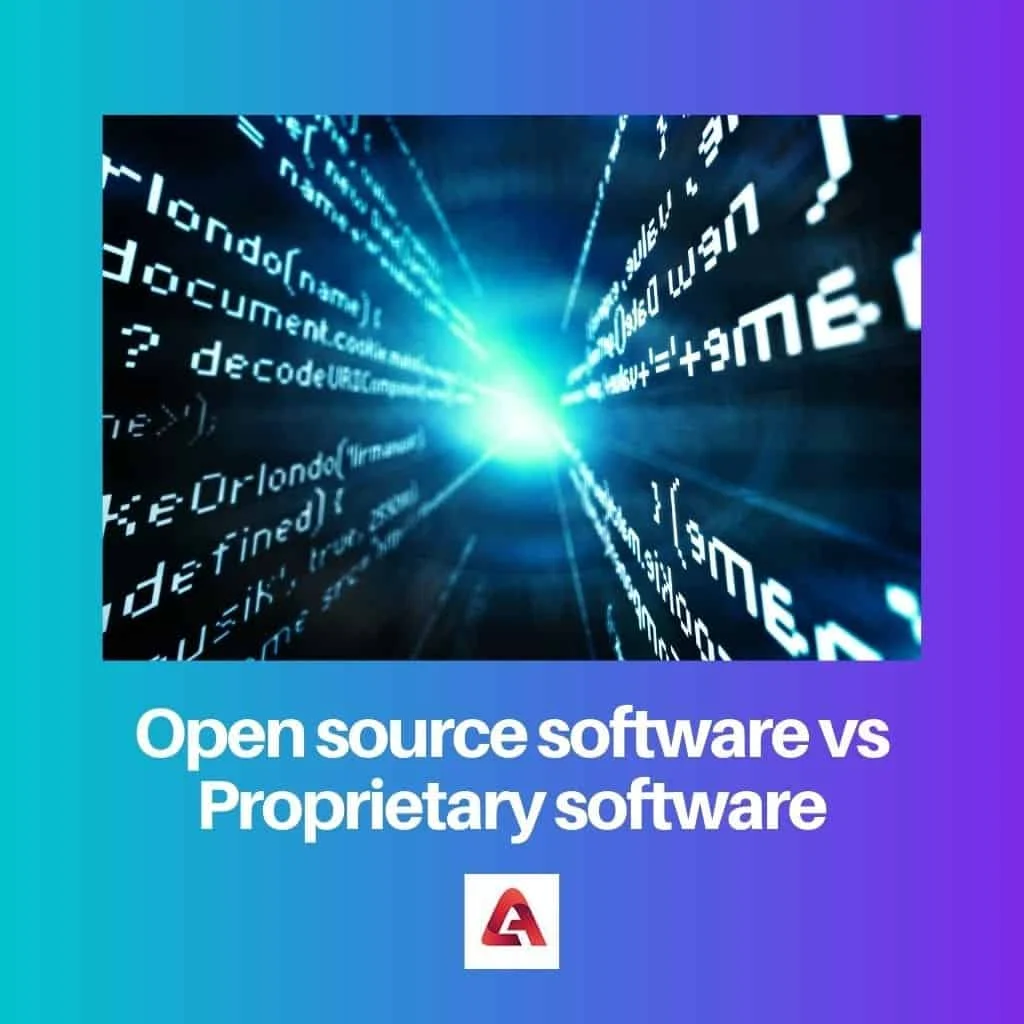In today’s digital landscape, the choice between open source and proprietary software is a critical decision for individuals and organizations alike. Understanding the nuances of these two software types can significantly impact your productivity, security, and overall satisfaction. Open source software offers transparency and community-driven innovation, while proprietary software provides dedicated support and polished user experiences. But which option is right for your needs? This article will guide you through the essential factors to consider when making this important choice.
As you delve deeper into this topic, you will discover the key advantages and disadvantages of both open source and proprietary software. We will explore how each type can cater to different user requirements, from budget constraints to specific functionality needs. Additionally, we will discuss real-world examples and case studies that illustrate the practical implications of choosing one over the other. By the end of this article, you will be equipped with the knowledge to make an informed decision that aligns with your goals.
Whether you are a tech-savvy developer, a business owner, or simply someone looking to enhance your digital experience, understanding the differences between open source and proprietary software is essential. Join us as we navigate through the complexities of software selection, empowering you to choose the best solution for your unique situation. Read on to uncover the insights that will help you make the right choice!
Choosing between open source and proprietary software can be a daunting task for individuals and organizations alike. Each type of software has its own set of advantages and disadvantages, making it essential to understand your specific needs before making a decision. This article explores various aspects of both open source and proprietary software to help you determine which is right for you.
Understanding Open Source Software
Open source software is defined by its availability for anyone to use, modify, and distribute. This model promotes collaboration and transparency, allowing developers to improve the software continuously. Popular examples include Linux, Apache, and Mozilla Firefox. The open source community thrives on contributions from users worldwide, which can lead to rapid innovation and a diverse range of features.
One of the key benefits of open source software is cost-effectiveness. Since it is often free to use, organizations can save on licensing fees. Additionally, the ability to customize the software to meet specific needs can lead to better performance and user satisfaction. However, it is essential to consider the potential need for technical expertise to manage and modify the software effectively.
Exploring Proprietary Software
Proprietary software, on the other hand, is owned by an individual or a company and is typically sold under a licensing agreement. This type of software often comes with dedicated support and regular updates, which can be a significant advantage for businesses that require reliability and stability. Examples include Microsoft Windows, Adobe Photoshop, and Oracle Database.
One of the main advantages of proprietary software is the level of support provided by the vendor. Users can access customer service, technical support, and regular updates, which can be crucial for businesses that rely on software for their operations. However, the costs associated with licensing and potential vendor lock-in can be significant drawbacks.
Cost Considerations
When evaluating software options, cost is often a primary concern. Open source software is generally free, which can be appealing for startups and small businesses with limited budgets. However, hidden costs such as maintenance, support, and training should also be considered. In contrast, proprietary software typically involves upfront licensing fees and ongoing costs for updates and support.
Organizations must weigh the initial savings of open source software against the potential long-term costs of ownership. For example, while the software itself may be free, the need for skilled personnel to manage and customize it can lead to increased expenses. Conversely, proprietary software may have higher initial costs but can provide a more straightforward user experience and support structure.
Customization and Flexibility
Open source software offers unparalleled customization options, allowing users to modify the code to fit their specific needs. This flexibility can be a significant advantage for organizations with unique requirements or those looking to innovate rapidly. However, this level of customization often requires technical expertise, which may not be readily available in all organizations.
Proprietary software, while generally less customizable, often provides a more user-friendly experience out of the box. Vendors typically design proprietary software with a specific user base in mind, which can lead to a more polished and cohesive product. However, this can also mean that users are limited to the features and functionalities provided by the vendor, which may not meet all their needs.
Security and Reliability
Security is a critical concern for any software solution. Open source software benefits from community scrutiny, which can lead to quicker identification and resolution of vulnerabilities. However, the reliance on community contributions can also mean that not all open source projects receive regular updates or support, potentially leaving users exposed to security risks.
Proprietary software typically comes with dedicated security measures and regular updates from the vendor. This can provide peace of mind for organizations that prioritize security and reliability. However, the closed nature of proprietary software can also mean that vulnerabilities may go unnoticed until they are exploited, leading to potential risks for users.
Community Support vs. Vendor Support
Open source software often relies on community support, which can be a double-edged sword. While many open source projects have active communities that provide assistance and resources, the quality and availability of support can vary significantly. Users may need to rely on forums, documentation, and community contributions for help, which may not always be sufficient.
In contrast, proprietary software typically offers dedicated customer support, which can be a significant advantage for businesses that require immediate assistance
| Criteria | Open Source Software | Proprietary Software |
|---|---|---|
| Definition | Software with source code that anyone can inspect, modify, and enhance. | Software that is owned by an individual or a company, with restrictions on use and modification. |
| Cost | Generally free to use, though some may charge for support or additional features. | Typically requires a purchase or subscription fee. |
| Customization | Highly customizable; users can modify the code to fit their needs. | Limited customization; users must work within the constraints set by the vendor. |
| Support | Community-driven support; may lack formal support channels. | Professional support available; often includes customer service and updates. |
| Security | Transparency allows for quicker identification of vulnerabilities; however, it may also attract malicious users. | Security is managed by the vendor; vulnerabilities may take longer to be addressed. |
| Updates | Frequent updates from the community; users can choose when to implement them. | Regular updates provided by the vendor, often mandatory. |
| Examples | Linux, Apache, Mozilla Firefox, LibreOffice. | Microsoft Windows, Adobe Photoshop, Oracle Database. |
Conclusion
Choosing between open source and proprietary software depends on your specific needs, budget, and technical expertise. Open source software offers flexibility and cost savings, while proprietary software provides professional support and a polished user experience. Assess your requirements carefully to make the best choice for your situation.



